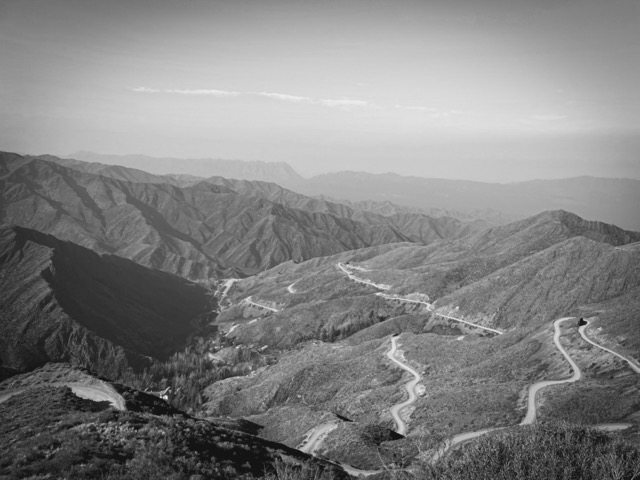an Oasis In Danger
Collage Digital
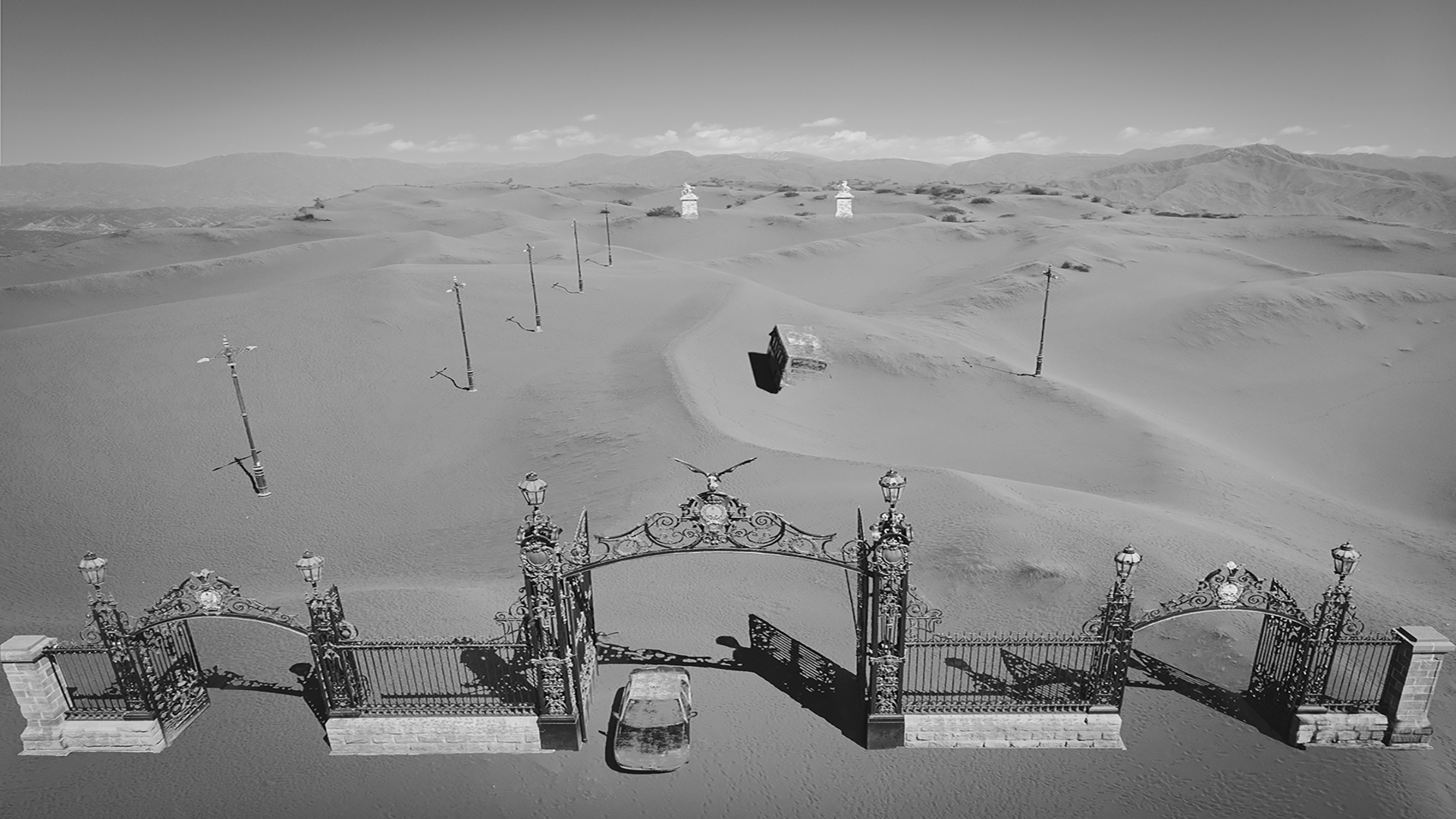


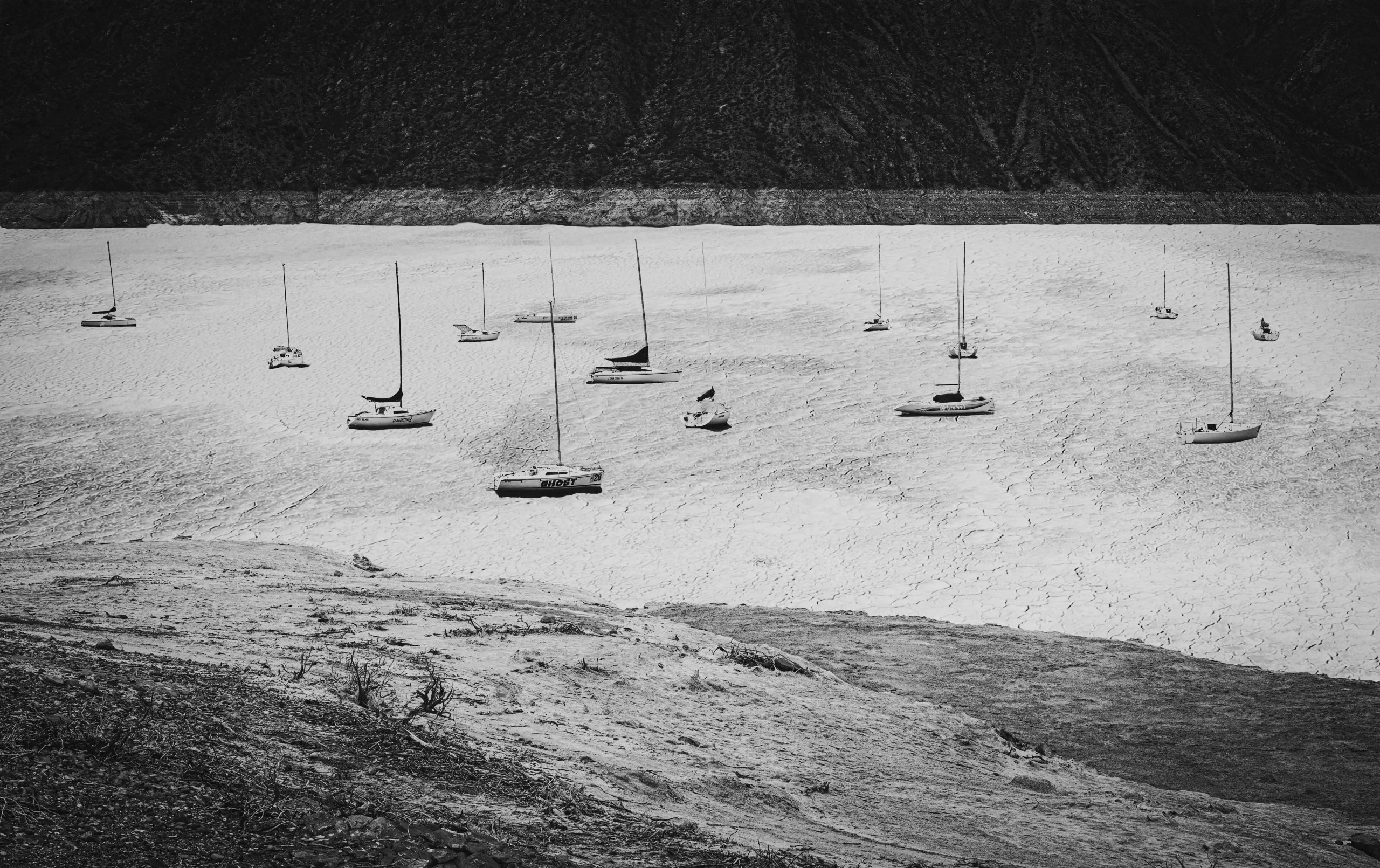

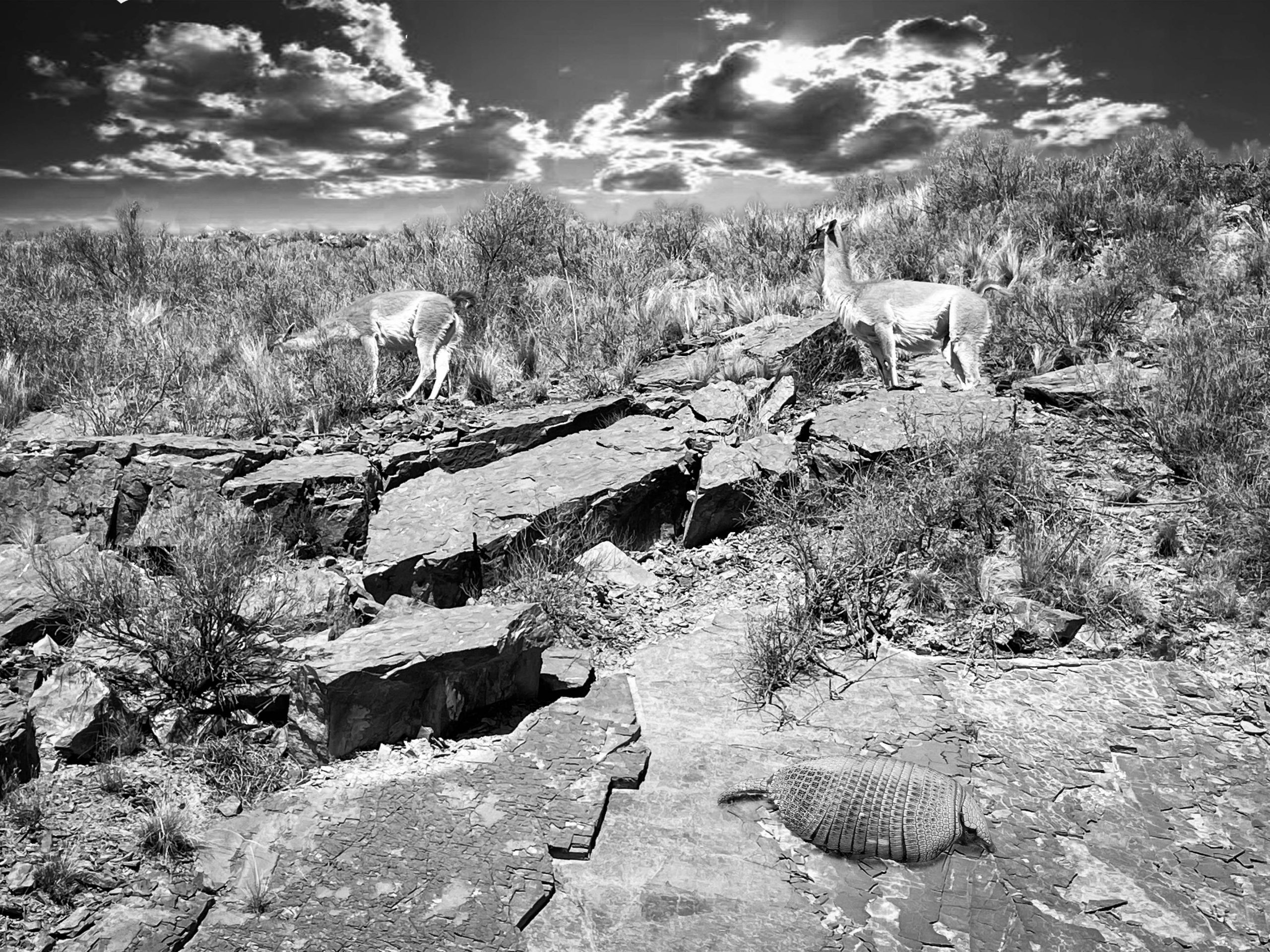
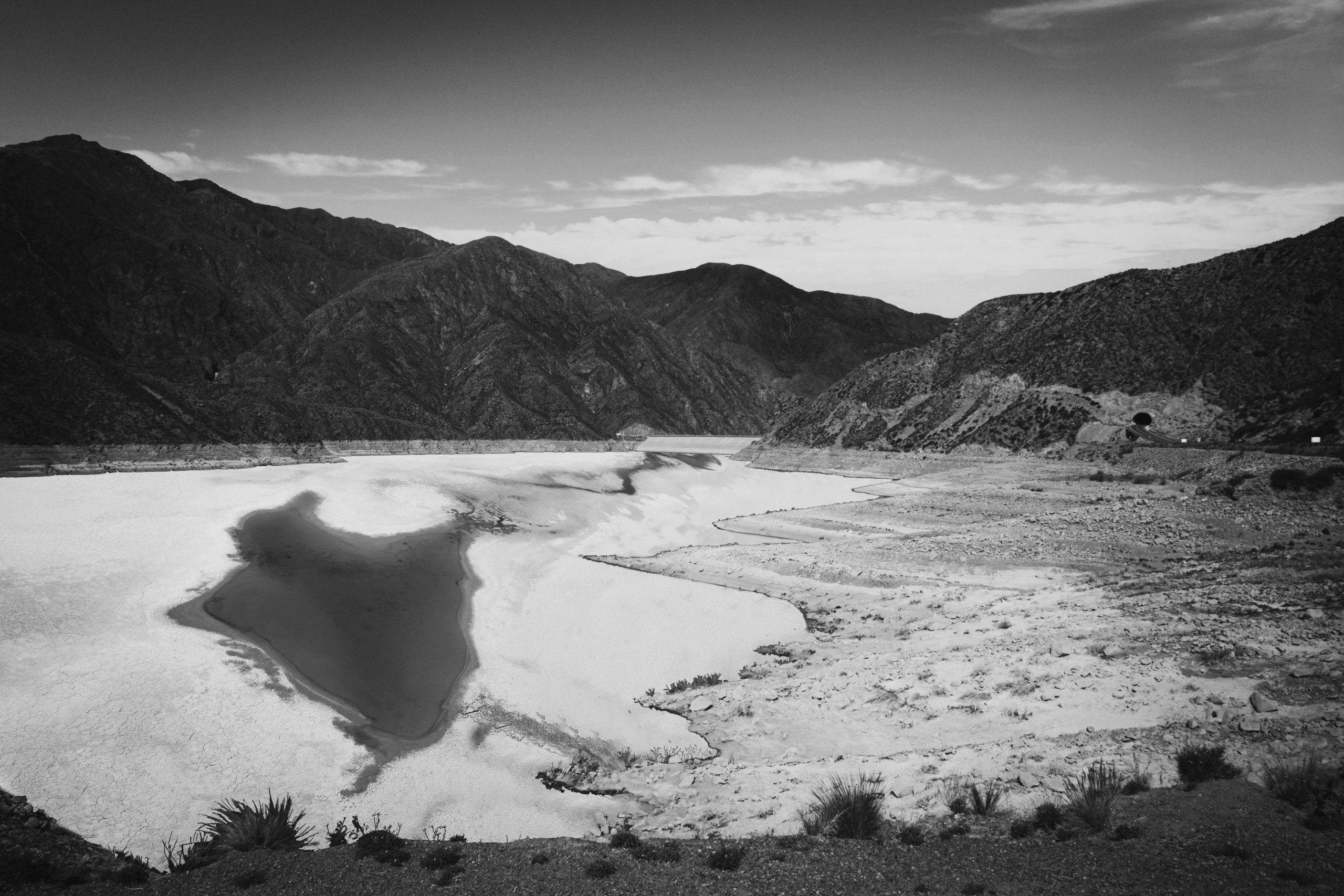

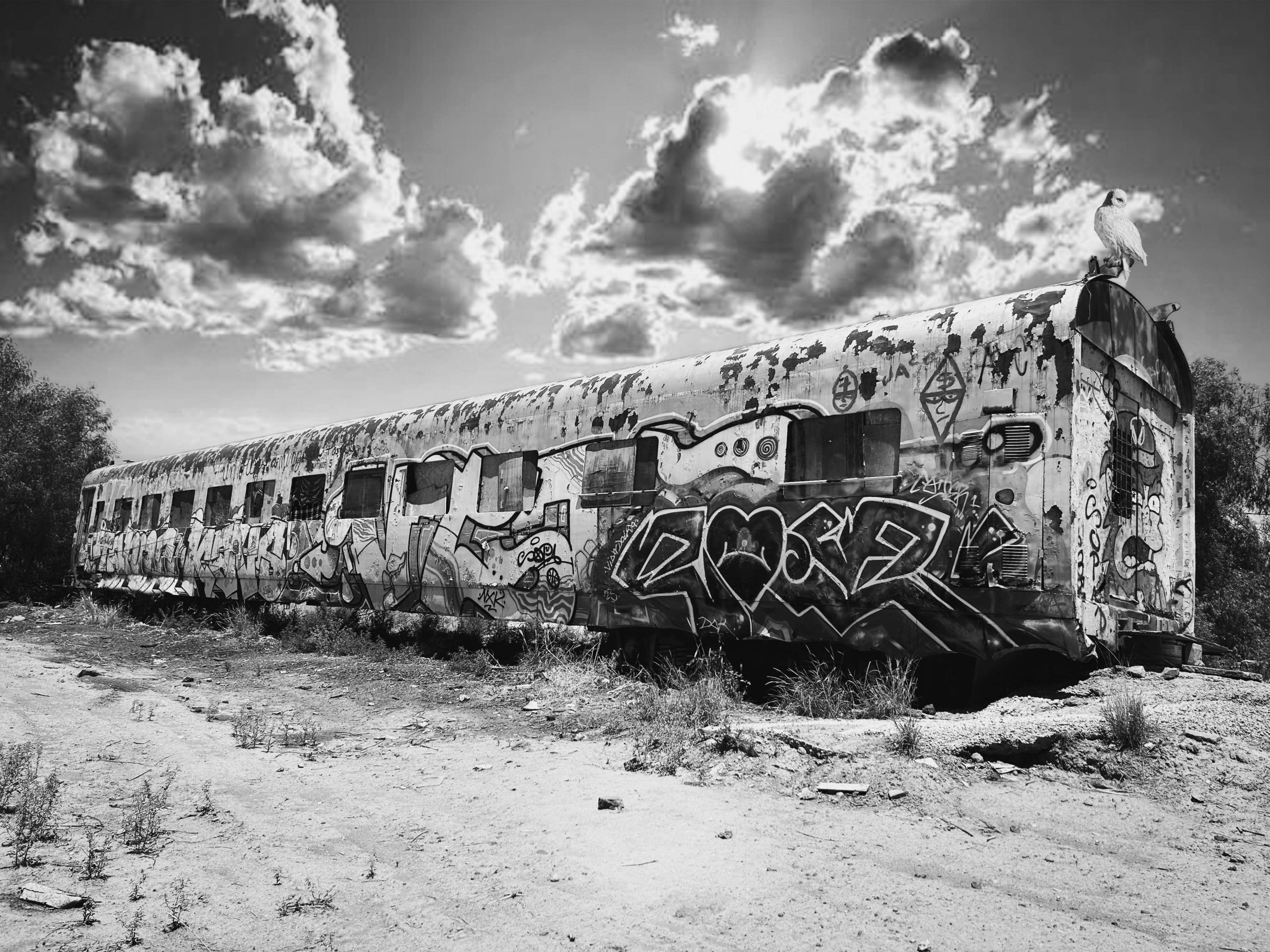
AN OASIS IN DANGER
The city of Mendoza, Argentina, was built in a desert surrounded by the iconic Andes. These mountains and their snowfalls are the generators of large volumes of water, something observed by the Huarpes, an indigenous community that several centuries ago found the friendly way, with nature, to convey water to all the corners of this city and thus create an oasis.
Currently the planet is enduring a complex situation, too many cities are facing subsistence problems due to global warming and the effects of climate change. Water is indispensable to human life, but this resource is no longer sufficient to supply the disproportionate growth of cities. This crisis has reached the door of the city of Mendoza, where the demand for this vital liquid grows due to the urban development of the province and the need for irrigation in its agricultural area. Today there are cities of the world, such as Cape Town, that have unfortunately reached day zero without water, something that can happen to Mendoza.
The theme addressed in this research creation “An Oasis in Danger” is an issue that seeks to help create a much-needed conversation about the complex ecosystems that humans inhabit. Likewise, this artistic exploration seeks to generate awareness of how human beings squeeze resources to their exhaustion. The environmental situation has not improved, and is getting worse. The international environmental scene is rapidly deteriorating and humanitarian needs are becoming increasingly latent in different parts of the world.
International meetings are desperately looking for solutions to alleviate climate change, however, the pandemic demonstrated how little union and cooperation exists on the planet.
Mendoza, a city made of fragments and since its beginnings has had to face challenges that put it at risk, and subsequently, over time has used self-construction strategies. In a prospective way, its inhabitants fight against the desert expanding the culture of the oasis, providing the ancestral knowledge and scientific advances of the moment that together seek a better use of the water resource and thus expand the existence of the oasis.
In this region the rainfall is only comparable to that of the Sahara Desert, the inhabitants of the province know that this has meant effort and work in their history, but also awareness and responsibility. A balanced and sustainable use guarantees not only to diminish inequities but also to ensure this resource for the next generations. The will to live and grow in a place where the desert lurks represents the very being of the Mendoza habitants.
This creative research seeks, through a plastic and symbolic language, to contribute to the conversation and reflection of this critical topic. For this purpose, methods such as historiography and ethnography among other encouraging disciplines will be used to articulate the acquired knowledge, which will result in a work imbued with a sensory language and a knowledge that generates a reflection to the viewer about his environment. As a result, surreal digital compositions will be created with one’s photographs. Likewise, the work will be accompanied by a documentary in which its use of language and rhetoric will allow for the exploration, enhancement, and refinement of the project.
This art reaches the audience in a more emotional manner, allowing places to open up in which the viewer can intervene and participate. This work seeks to visualize an imminent problem in this region and in the world. In addition, it aspires to erect a conversation that generates consciousness, fluid meanings, and reach many people with sensory language.
This research creation will use three important characteristics in its process. First, iteration, in which it will be explored repeatedly through still and moving photography that feedbacks into the process. Together, it will rely on rigorous exploration, underpinned by other disciplines, without neglecting the intuition and uncertainty so necessary in the creative process for reflection. Also, the plastic and sensory language will play a very important role since it will use this text to understand the process of research creation and the video that favors the process.


